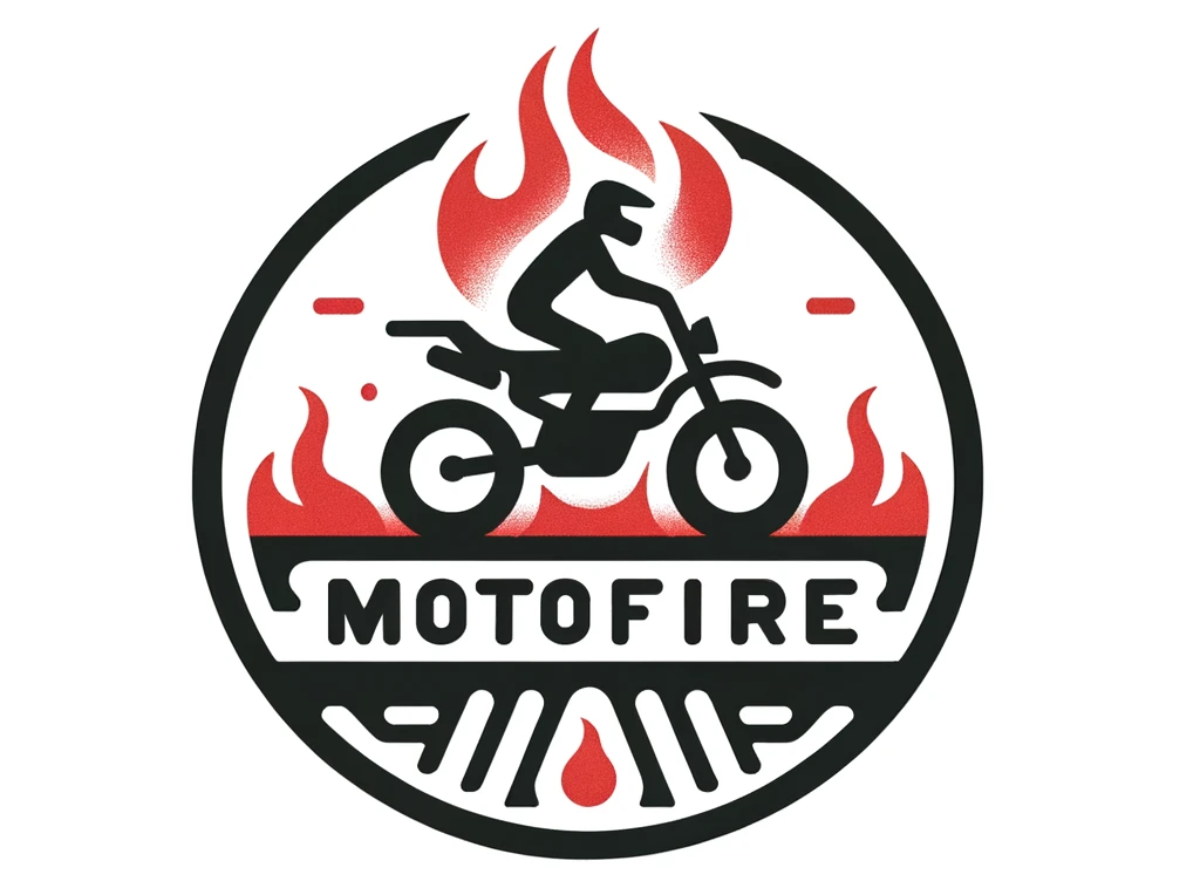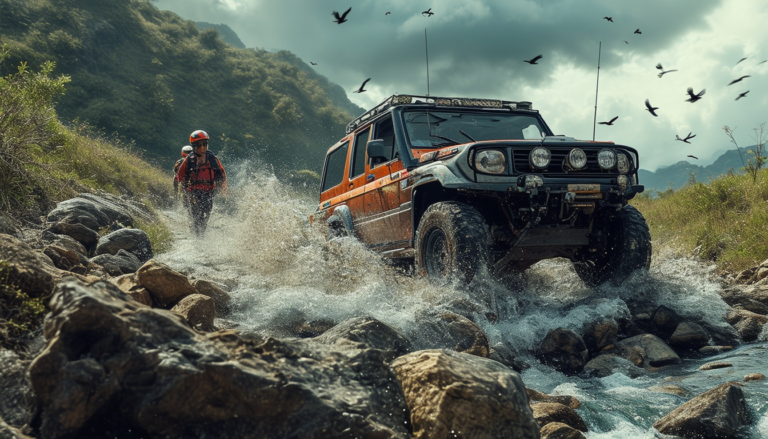What are the common challenges faced when learning to ride a motorcycle?

Navigating the Balance and Coordination
The very essence of riding a motorcycle is managing balance. Unlike cars, motorcycles require a constant interaction of weight distribution and steering input. Beginners often find it challenging to maintain balance, especially at lower speeds or when coming to a stop.
Key Tips for Better Balance:
- Practice makes perfect: Spend time getting comfortable with the bike’s weight and handling in a safe, open area before heading into traffic.
- Keep your eyes up: Looking ahead instead of down at the ground helps maintain balance.
- Smooth control: Use gradual, smooth movements when accelerating, braking, and turning.
Understanding Motorcycle Controls
A motorcycle’s control scheme is more complex than that of a car, which can be intimidating to beginners. Learning the throttle, clutch, gear shifter, and brake functions, all while maintaining balance, can overwhelm new riders.
Overcoming Control Challenges:
- Familiarize yourself with the controls off the road in a stationary position.
- Practice using the clutch and throttle in conjunction to find the ‘friction zone’ for smoother launches.
- Enroll in a motorcycle safety course to gain hands-on experience under professional guidance.
Handling Traffic and Road Conditions
Once you’re comfortable with the basics, the next challenge is dealing with traffic and varying road conditions. Anticipating the actions of other drivers and adjusting to wet or uneven surfaces requires heightened awareness and adaptability.
Tips to Stay Safe in Traffic:
- Develop a defensive riding strategy: Assume that other motorists may not see you and plan escape routes.
- Enhance your visibility: Wear bright clothing and use your lane position effectively to remain visible to others.
- Update your weather awareness: Check the forecast and be prepared for changes in road conditions.
Gearing Up for Safety
Choosing the right riding gear is critical for safety and comfort. This includes a helmet, gloves, boots, and proper clothing. New riders might underestimate the importance of high-quality gear or find it challenging to select the right items.
Selecting the Right Gear:
- Choose a helmet that meets safety standards and fits snugly.
- Invest in gloves and boots that offer protection and good grip.
- Pick motorcycle-specific clothing with padding or armor for vulnerable areas.
Physical and Mental Demands
Riding a motorcycle can be physically demanding, with riders needing core strength to maneuver and mental sharpness for quick decision-making. Fatigue, both mental and physical, can set in quickly for new riders who aren’t used to the demands of motorcycle operation.
Building Riding Stamina:
- Start with short rides and gradually increase their duration as your comfort level improves.
- Engage in physical exercises that strengthen your core muscles and increase overall fitness levels.
- Take breaks: On longer rides, schedule stops to rest and recuperate.
Creating a Progressive Learning Experience
Perhaps the most important challenge is not rushing the learning process. Developing skills and confidence takes time, and new riders should embrace a step-by-step approach to mastering their motorcycle.
Steps for Progressive Learning:
- Begin with a basic riding course to lay the foundation of your skills.
- Progress to practicing in more challenging conditions and environments.
- Consider advanced riding courses to enhance your techniques and safety knowledge.
In conclusion, overcoming the common challenges of learning to ride a motorcycle requires patience, persistent practice, and a commitment to safety. By taking a methodical approach to developing riding skills, you can enjoy the freedom and excitement that come with being a motorcycle rider. Remember to always respect your limits and the rules of the road, ensuring a long and rewarding riding career.






